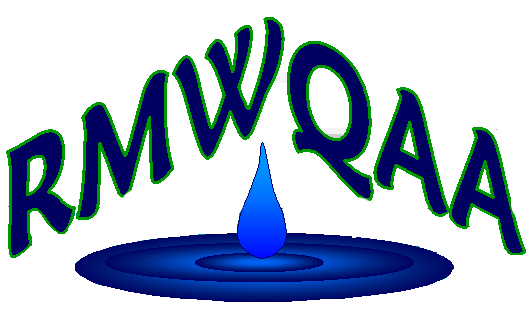Before Covid-19 changed our lives as we know it, I personally had only been exposed to the world of wastewater-based epidemiology (WBE) through some conference presentations here and there. With the state-wide WBE work this year to monitor the levels of SARS-CoV-2 in the front range population, I thought it would be interesting to look at the different ways WBE is used to protect our communities.
Collective drug use in a community
WBE provides a way to look at drug use in areas, both licit and illicit, and has the benefit of avoiding surveys and the sampling bias that comes with general studies. Spatial snapshots of a location's wastewater help us to understand geographical trends in drug consumption. The European Monitoring Centre for Drugs and Drug Addiction analyzed the wastewater of 70 European cities in 2019 to discover geographical trends and patterns of cocaine, 3,4-Methylenedioxymethamphetamine (also known as MDMA, Ecstasy, or Molly to name a few), amphetamine and methamphetamine. Data and findings can be found here.
Analyzing WBE data over time gives us an idea of how drug use in a location is affected by outside factors. A study in the state of Washington looked to analyze the impact that legalization of cannabis had on the state's rate of usage. To evaluate cannabis use, the study measured wastewater concentrations of the byproduct of the active compound in cannabis. The wastewater pointed to a doubling in consumption over the 3-year period of testing. https://doi.org/10.1111/add.14641
Population and Health Behavior
Wastewater provides us with so much information about ourselves. A study in Australia during 2016 looked at wastewater for a range of diet, drug, pharmaceutical, and lifestyle biomarkers. These markers were compared to the population's social, demographic, and economic properties. Some findings include higher use of the opioid-based pain reliever tramadol in areas with more physical laborers. Higher antidepressant use and lower levels of dietary fiber were found in less educated areas. . https://doi.org/10.1073/pnas.1910242116
Virus monitoring/eradication
WBE provides us with a way to monitor the spread and emergence of viruses in an environment. Polio is an example of a virus that can be closely monitored with a high-quality WBE surveillance system to avoid wild-type polio from spreading in areas. A study performed between 2010 and 2013 explains how two sewage plants in Japan monitored trace polioviruses and how this surveillance is key in controlling polio’s spread. https://doi.org/10.1128/aem.03575-14
WBE is being used worldwide to gather information to complement health agencies and epidemiologists in our fight against SARS-CoV-2. By providing a total account of increasing and decreasing levels of the virus, the potential for WBE to help with the current pandemic is promising. The water research foundation provides more information regarding the numerous efforts across the United States https://www.waterrf.org/. For more information about the Colorado Front Range WBE program, please reach out to CDPHE’s Communications Manager – MaryAnn Nason at maryann.nason@state.co.us.
Danny McCausland is an Analyst II at the Metro Wastewater Reclamation District. He has 7 years experience working in the water quality field.
References
Burgard, D. A., Williams, J., Westerman, D., Rushing, R., Carpenter, R., LaRock, A., Sadetsky, J., Clarke, J., Fryhle, H., Pellman, M., & Banta‐Green, C. J. (2019). Using wastewater‐based analysis to monitor the effects of legalized retail sales on cannabis consumption in Washington State, USA. Addiction, 114(9), 1582–1590. https://doi.org/10.1111/add.14641
Choi, P. M., Tscharke, B., Samanipour, S., Hall, W. D., Gartner, C. E., Mueller, J. F., Thomas, K. V., & O’Brien, J. W. (2019). Social, demographic, and economic correlates of food and chemical consumption measured by wastewater-based epidemiology. Proceedings of the National Academy of Sciences, 116(43), 21864–21873. https://doi.org/10.1073/pnas.1910242116
European Monitoring Centre for Drugs and Drug Addiction. (2020, March 12). Wastewater analysis and drugs: A European multi-city study. https://www.emcdda.europa.eu/system/files/publications/2757/POD_Wastewater%20analysis_update2020.pdf
Nakamura, T., Hamasaki, M., Yoshitomi, H., Ishibashi, T., Yoshiyama, C., Maeda, E., Sera, N., & Yoshida, H. (2015). Environmental Surveillance of Poliovirus in Sewage Water around the Introduction Period for Inactivated Polio Vaccine in Japan. Applied and Environmental Microbiology, 81(5), 1859–1864. https://doi.org/10.1128/aem.03575-14

